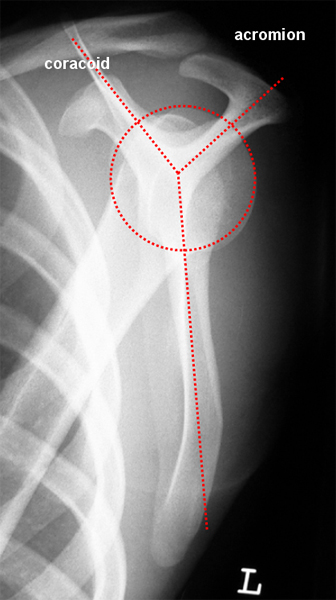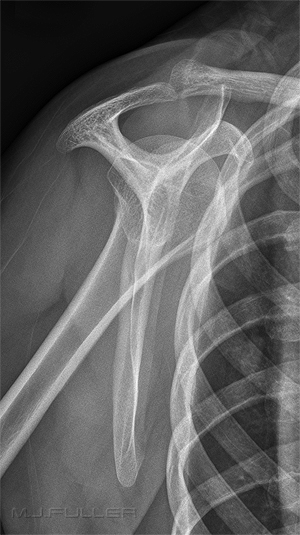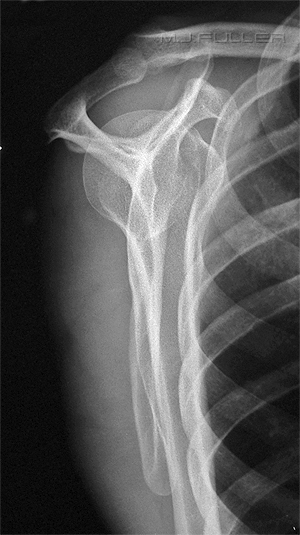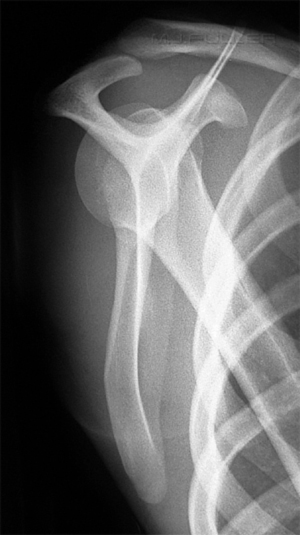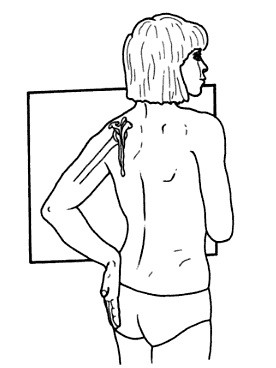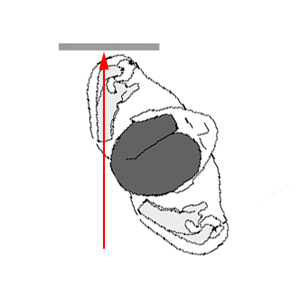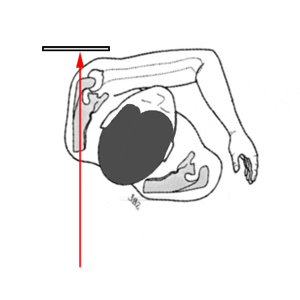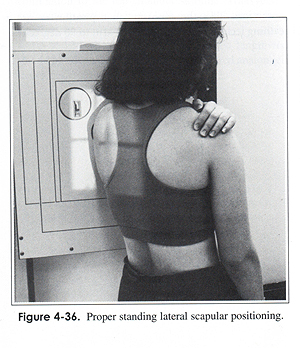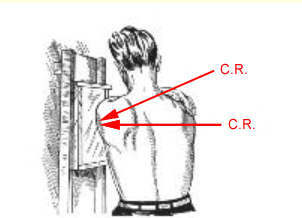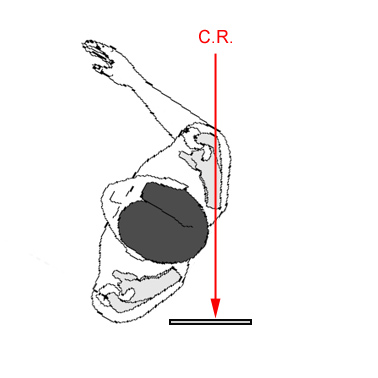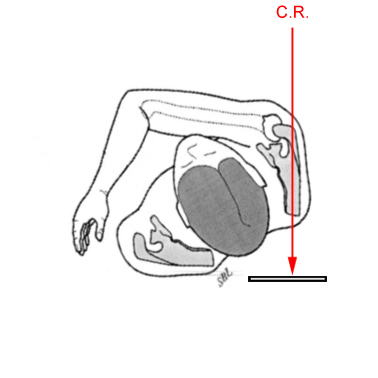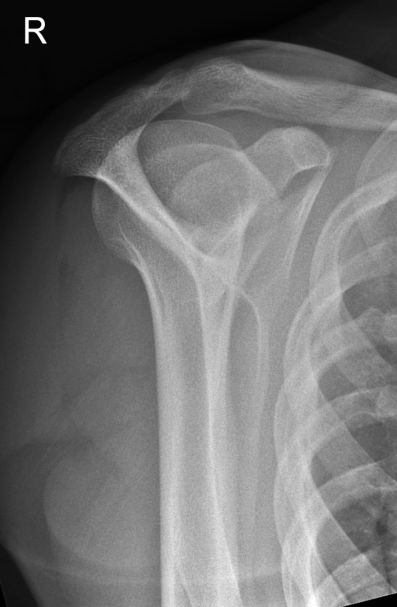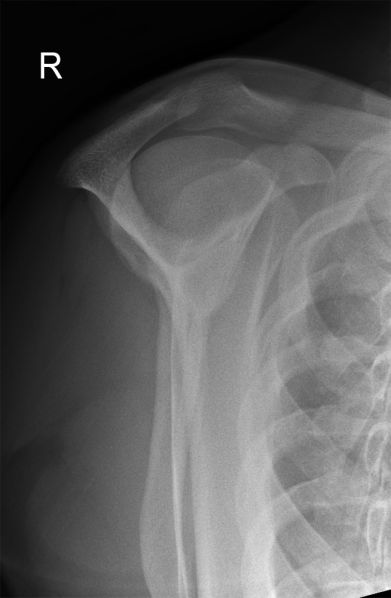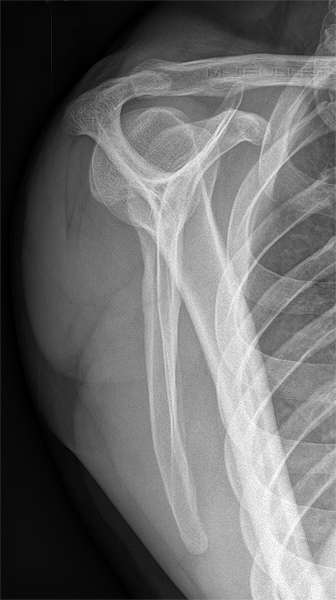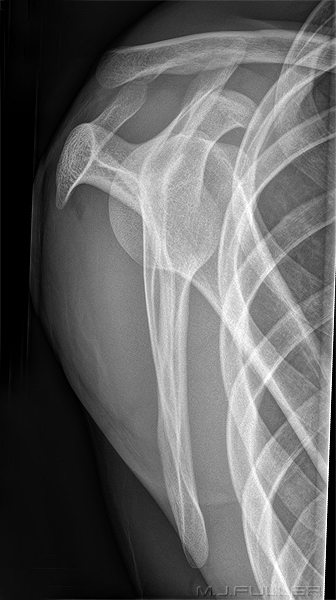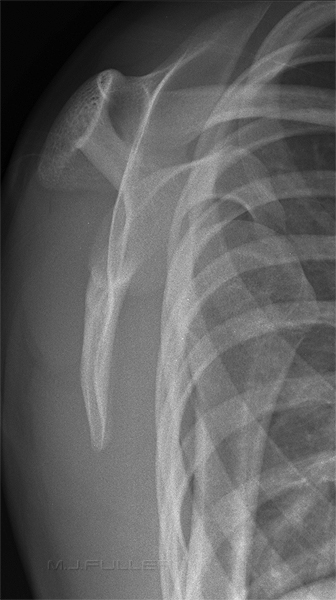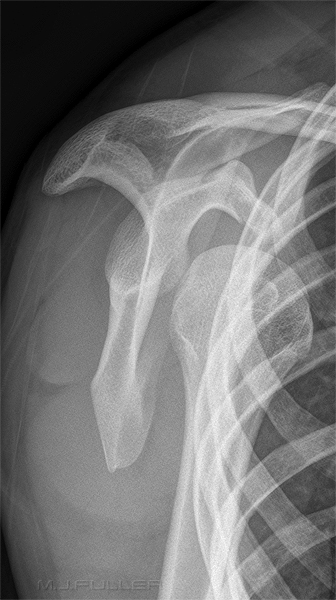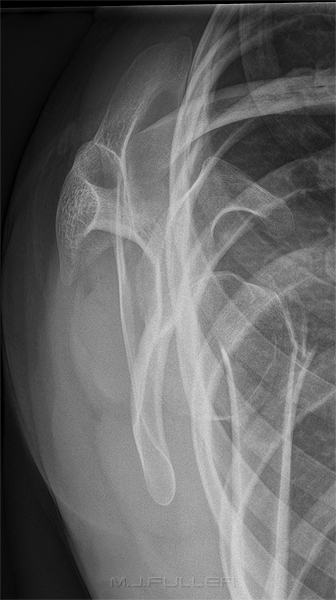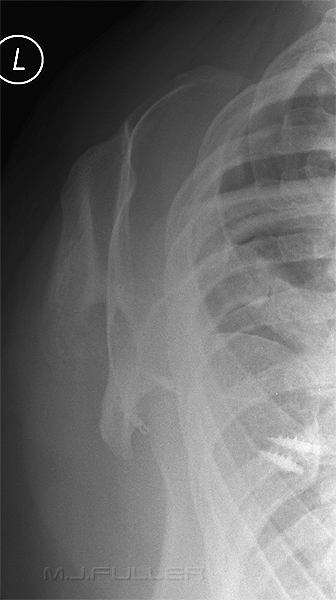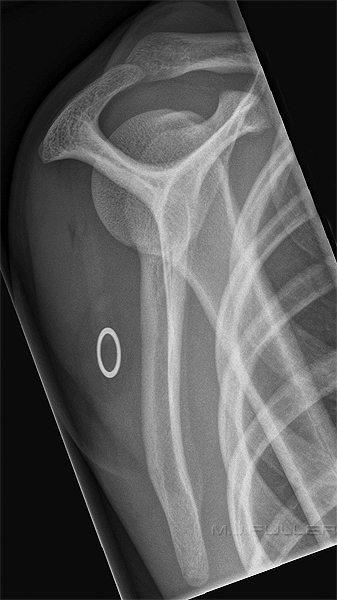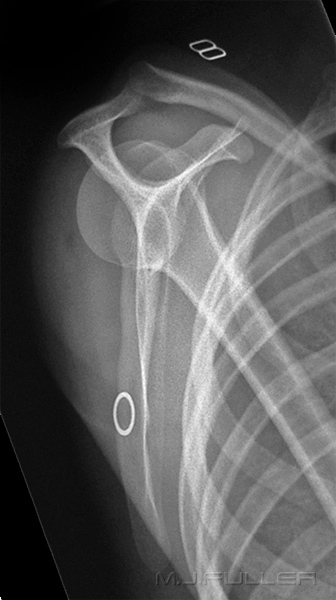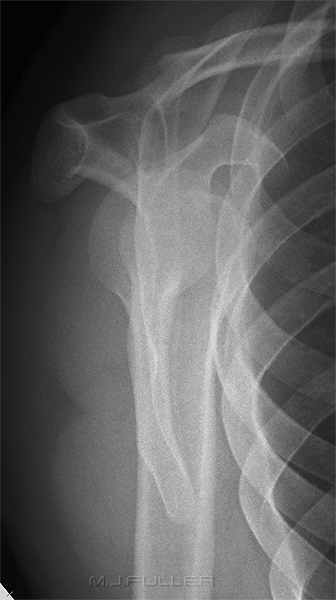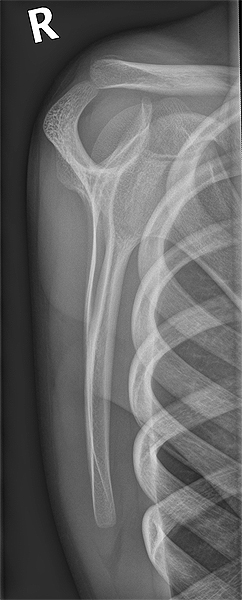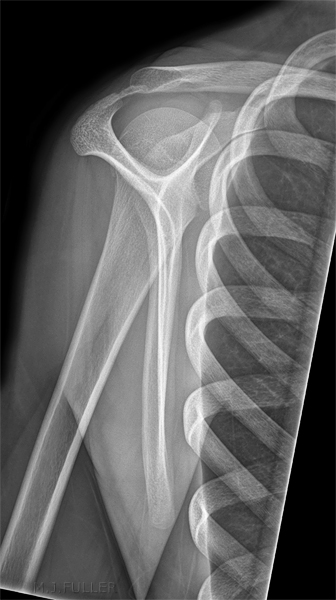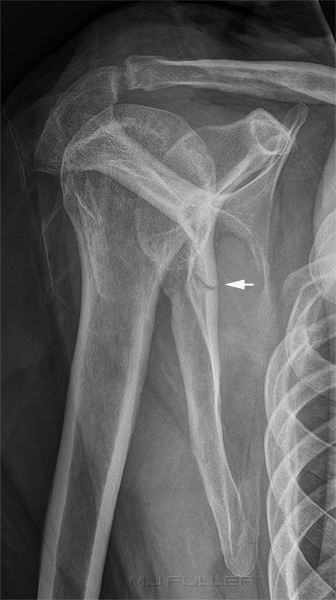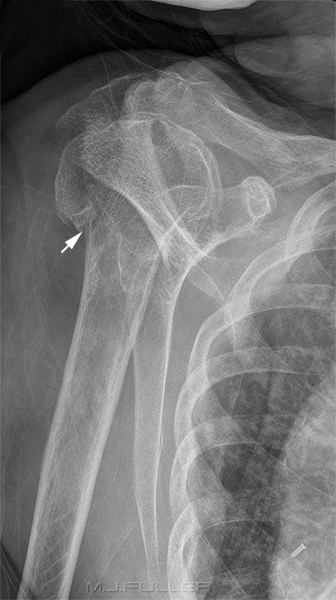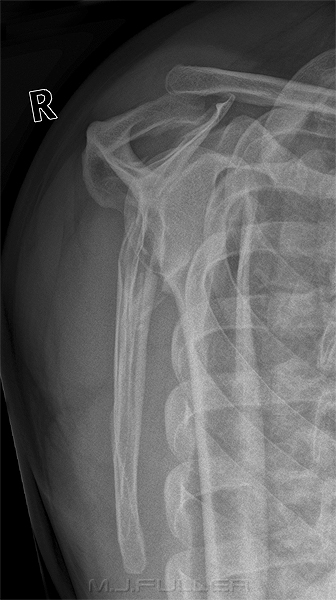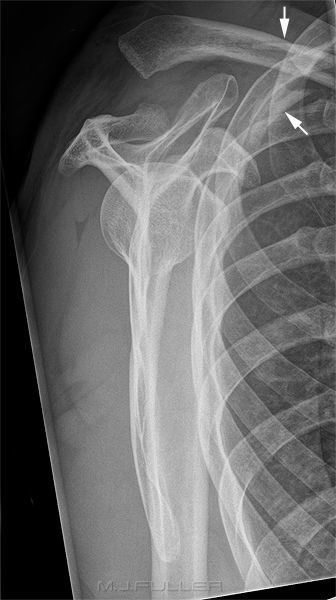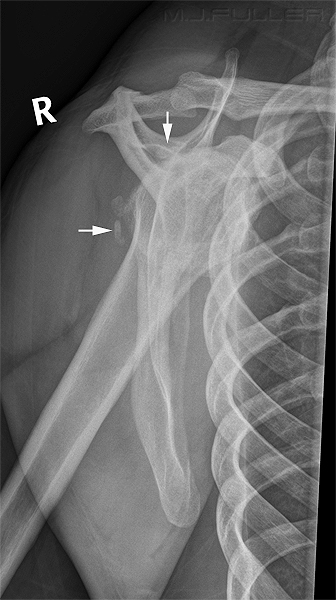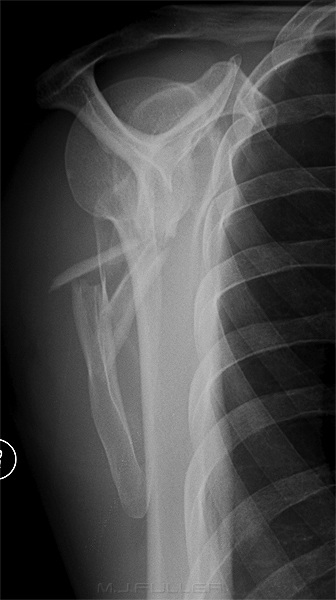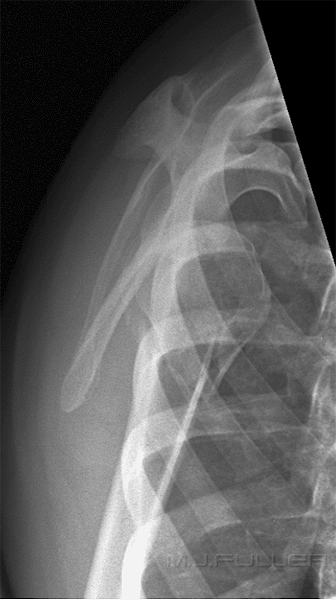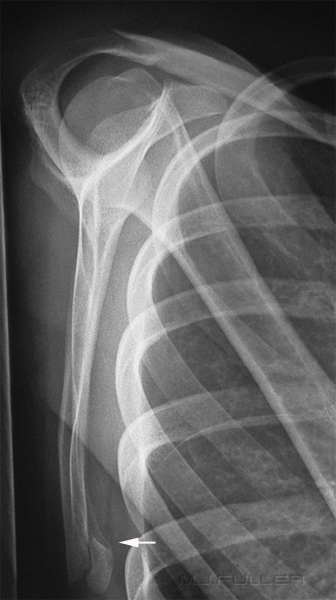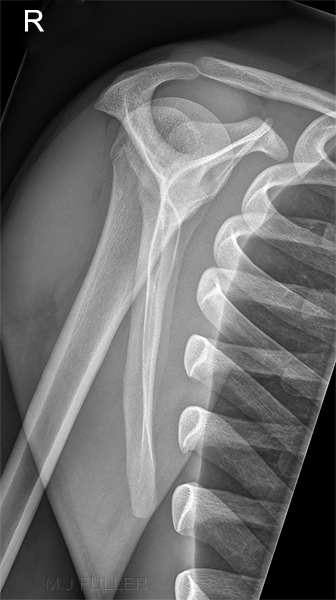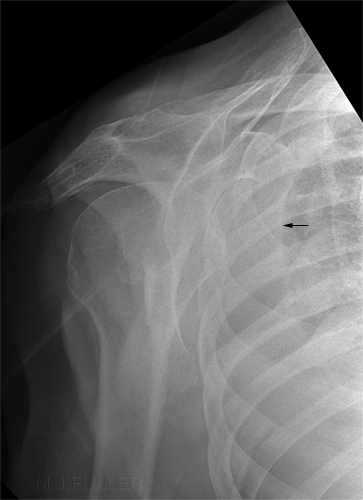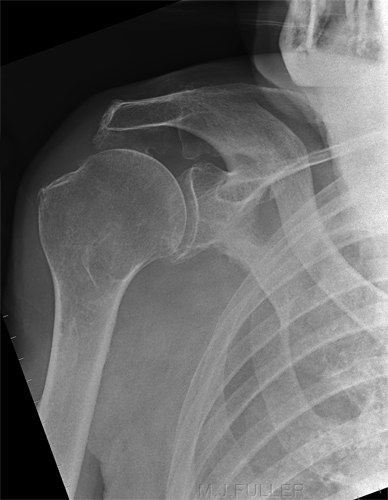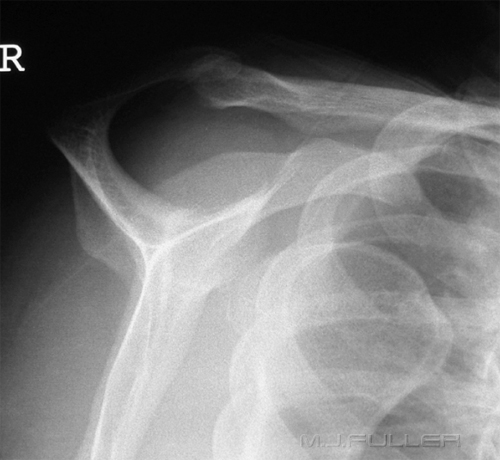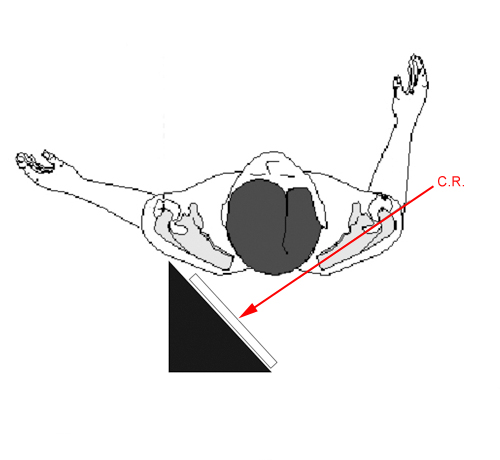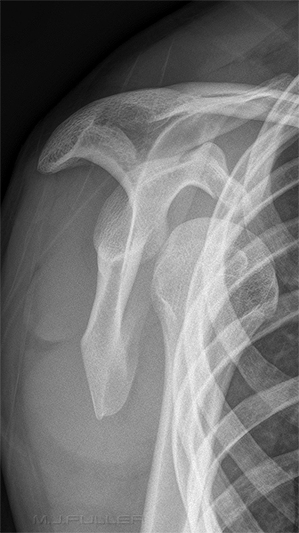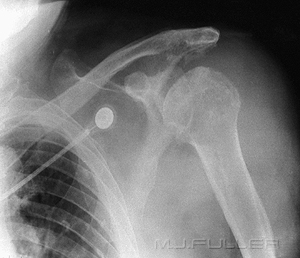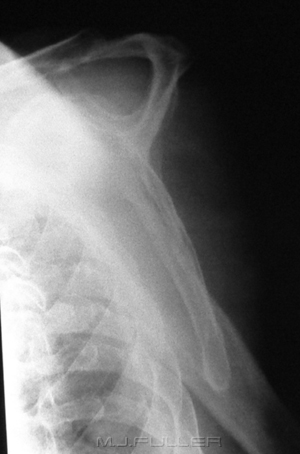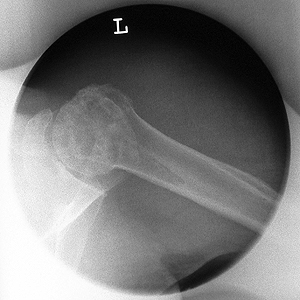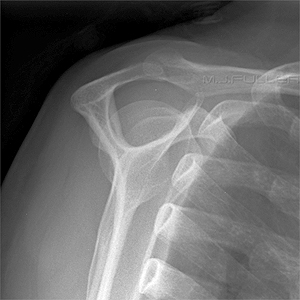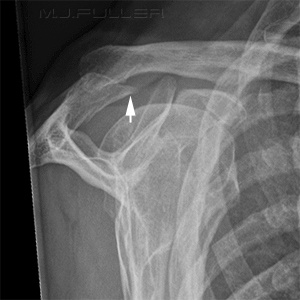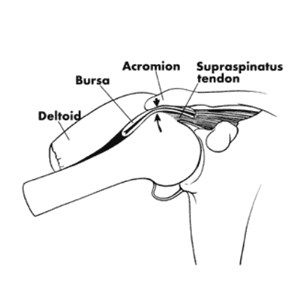Lateral Scapula Radiography
Introduction
The Lateral Scapula Projection Needs a Clinical ContextThe lateral scapula ("Y" view) of the shoulder is one of those "signature" views that radiographers approach in a variety of ways. The techniques can be divided into AP and PA. The techniques can be further divided according to the patient's arm position. The best approach is the one that works for you and achieves the imaging objectives. Note that I have presented almost all of the images as a right shoulder- this is to facilitate comparison only. This page considers the lateral scapula radiographic techniques in a trauma setting- information on the objectives and techniques of the outlet view of the shoulder are not specifically considered.
Radiography is best performed with a clinical context in mind- the lateral scapula projection is no exception to this general principle. A trauma lateral scapula projection is completely different to a Neers (outlet) projection both in its technique and objectives. If the anatomy and potential pathology are understood, the radiography will be more meaningful.
Anatomy
The PA Approach
These images all taken with the patient in the PA oblique position. They could be performed equally well in the AP position
Hand on Hip Arm by Side "Napoleon" Technique The disadvantage of this position is that the patient's chest is in a very lateral position. This position requires a greater X-ray exposure than the other two techniques. This position superimposes the patient's humerus over the body of the scapula. This is not ideal for trauma radiography where you are attempting to achieve an unobstructed view of the scapula (OK for Neer's view) This is my preferred lateral scapula positioning. For the left scapula, I would ask the patient to place his/her left hand on the right shoulder as shown (cross arm adduction). The left scapula tends to roll into the lateral position with very little rotation of the chest.
The photograph is taken from a textbook titled "radiographic Image Analysis". The position looks too lateral. I would also question the term "proper". Although this is my preferred position, there are other legitimate positioning techniques depending on your objectives.
The Supine AP ApproachCaudal Angulation
Good Projection when AchievedTrauma patients will often present in the supine position with little scope for movement of any kind. To achieve a lateral scapula in a supine patient, the patient is rolled affected side up and a triangular positioning sponge inserted. This approach can be very challenging for a variety of reasons:
- if the patient is unable to adopt the Napoleon position, considerable rotation of the patient will be required to achieve a true lateral scapula position
- if a non-grid technique is employed, the image may be degraded by lack of contrast
- if a stationary grid is employed, grid cut-off is a common problem
- patient may be unable/unwilling to be rolled
The answer sometimes is to use an alternate view- IS or SI
In order to minimise the rotation of the patient required to achieve a true AP position, have the patient adopt the "Napoleon" Position
With the patient's arm in the neutral position, the patient must be rotated considerably to achieve a true lateral scapula position. This has disadvantages in terms of difficulty of positioning, radiation dose and contrast/scatter degradation of the image. With the patient's arm in the "Napoleon" position, there is very little rotation of the chest required to achieve a true lateral scapula position.
What Went Wrong?
| Image 10 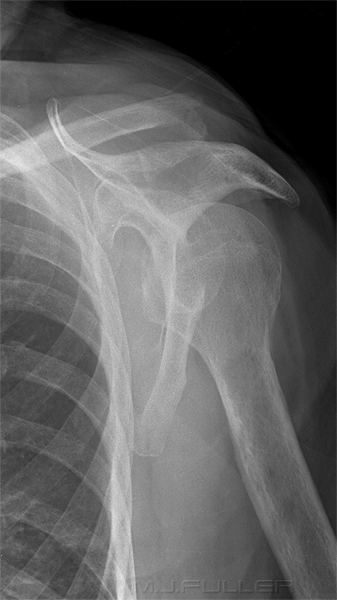 | ||
| Foreshortened and under-rotated. The patient needs to be further rotated towards a lateral position | This is a well positioned lateral scapula in a child taken upright in the Napoleon position. Note that there is a subtle clavicle fracture. Further images here | Good position |
Scapular Pathology
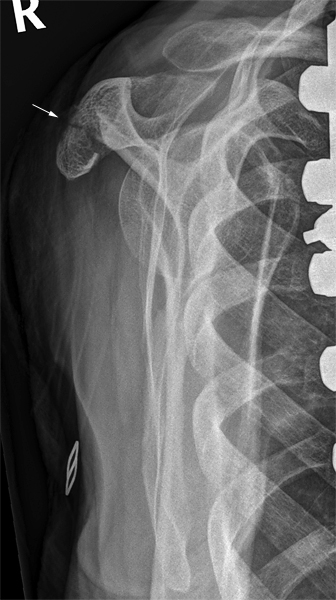 | 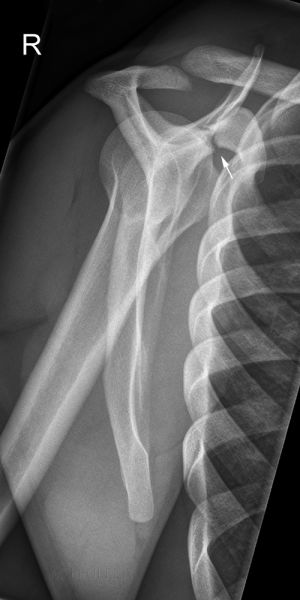 | |
| There is a fracture of the acromion (arrowed) | Fractured coracoid process (arrowed). |
Concomitant Pathology and Incidental Findings
Shoulder radiography can be fertile territory for concomitant pathology and incidental findings. The following cases provide some typical and unusual examples.
Modified Technique for Trauma Patients
Can the Lateral Scapula Projection Reliably Demonstrate Shoulder Dislocation?
My department has utilised the lateral scapula projection as the view of choice for the demonstration of shoulder dislocations for the last 30 years. There are departments that strictly forbid the lateral scapula view for assessment of shoulder dislocation. They can't both be correct ... or can they?
The Neer's (outlet) View
The counter argument is that there are several conditions where the results can be equivocal. Amongst these conditions are the pseudosubluxation and the posterior dislocation.
The Counter-Argument
DiscussionThe limitations of the lateral scapula view can be overcome with radiographer training. Radiographers learn to identify cases where the lateral scapula view should be supplemented with views such as the IS/SI view.
In one study, it was found that " .... the axillary view and scapular "Y" view visualized associated pathology equally well" (1)
The Neer's view of the scapula is very similar to the lateral scapula in its positioning but not in its intent. The aim of the Neer's view is to demonstrate the subacromial space. This view is often performed on patients who have a shoulder disorder known as impingement. The positioning for the Neer's view will be covered elsewhere in this wiki.
This is the Neer's position. Note that the intention and coning are to demonstrate the subacromial space This may not be a textbook Neer's view, but it does demonstrate a subacromial spur (arrowed)
Summary
The lateral scapula view is one of those views that is a pleasure to perform once it is mastered. There is a great deal of satisfaction in being able to produce a high quality lateral scapula image with consistency.
Relevant wikiRadiography Links
References
1. Silfverskiold JP. Straehley DJ. Jones WW. Orthopedics - pcm. [JC:pcm] 13(1):63-9, 1990 Jan quoted in <a class="external" href="http://www.wheelessonline.com/ortho/roentgenographic_evaluation_of_suspected_shoulder_dislocation_a" rel="nofollow" target="_blank">Wheeless on Line</a>
....Back to the Applied Radiography home page
